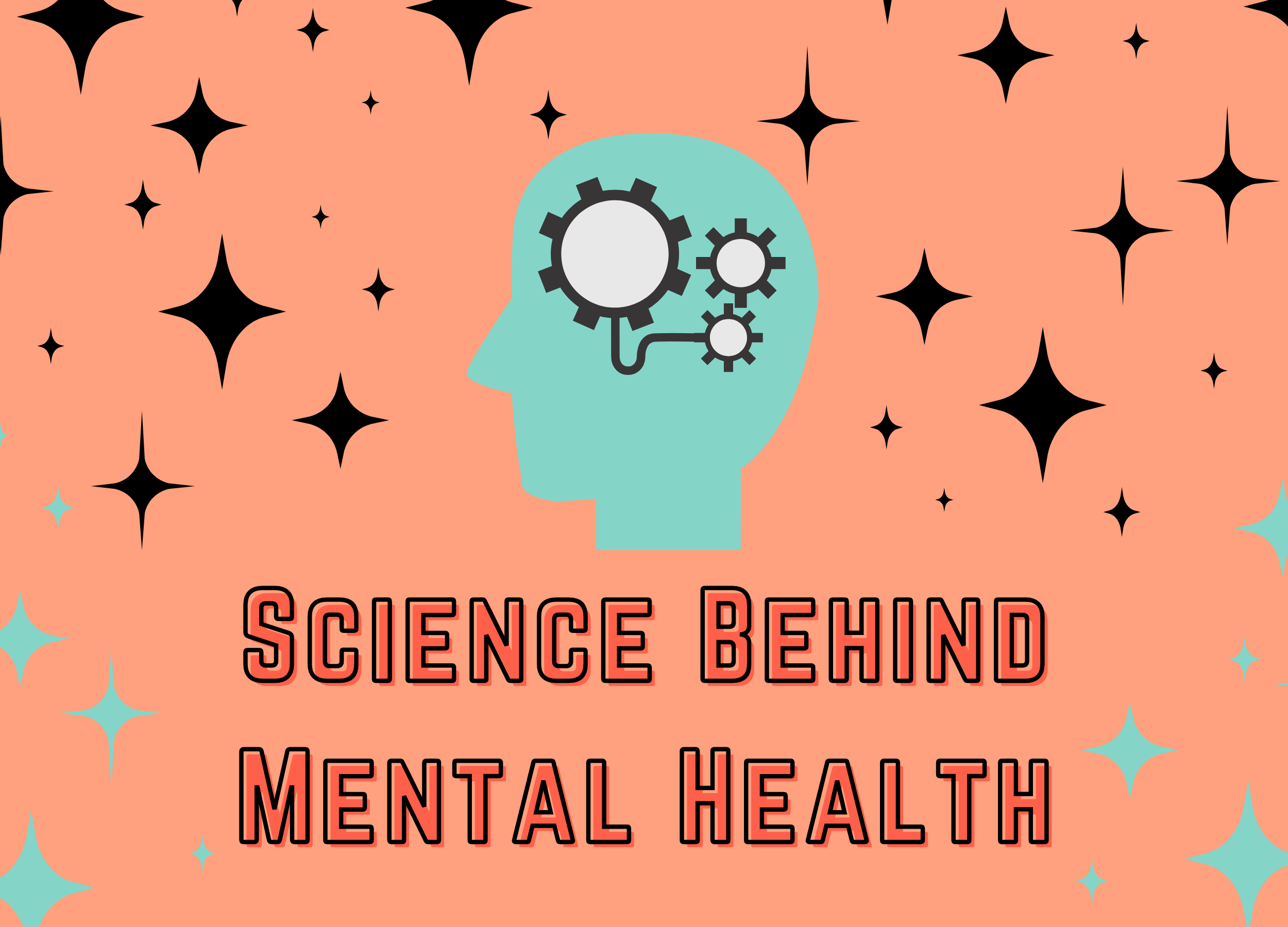Edited by Kavya Gurunath & Taruni Manam, Blogged by Sahithi Lingampalli
The Psychology Behind Mental Well-Being
The Complete State Model (CSM) identifies mental well-being and mental illness on a high-to-low spectrum. The interaction of mental well-being and mental illness determines a person’s overall mental health. “The CSM identifies mental health as having a high level of well-being and low level of mental illness (e.g., depression, anxiety, stress). The spotlight here is not on ruling out the mental illness, but on suggesting that well-being and mental illness are separate issues that together structure our mental health” (Chowdhury 2020). Positive psychology, or the scientific study of what makes life most worth living, plays a huge role in personal well-being and recovery. It works with the concepts of happiness, hope, motivation, empathy, and self-esteem, all of which directly contribute to bettering our well-being. “It promotes authentic happiness and describes that a ‘good’ life can come in four forms” (Chowdhury 2020): ‘The Pleasant Life’, ‘The Engaged Life’, ‘The Meaningful Life’, and ‘The Achieving Life’. The desire to intrinsically acquire a ‘good’ life can greatly support one’s mental health by providing motivation and assuring happiness. However, when positive psychology is excessively and irrationally applied, mental illnesses occur as a result of a chemical imbalance in the brain, which is caused by extreme stress and anxiety.
The Neuroscience Behind Mental Illness
The development of most mental illnesses is caused by an imbalance of neurochemicals. It inhibits the brain from communicating effectively with the body, hindering a healthy response to various stimuli. Listed below are various neurochemicals that can be unsafe if processed in extreme amounts and are associated with several mental illnesses:
- Adrenaline/Epinephrine: A hormone that helps regulate muscle contraction, heart rate, and blood pressure. It also triggers the body’s stress response, or the fight or flight response (The Science Behind Mental Health, 2018).
- too little adrenaline/epinephrine = cannot react properly to stressful situations
- too much adrenaline/epinephrine = chronic stress, difficulty concentrating, dizziness, fatigue, anxiety [disorders]
- Dopamine: A neurotransmitter that helps control the brain’s reward center. It enables our minds to perceive rewards and take steps towards them. It also helps regulate our emotional responses to numerous stimuli (The Science Behind Mental Health, 2018).
- too little dopamine = addictive behaviors (e.g. alcohol, drug use, cravings, compulsions), depression, loss of motor control
- too much dopamine = attention disorders, autism, mood swings, psychosis (a symptom often associated with schizophrenia)
- Norepinephrine: A hormone that helps mobilize the brain and body for action. It does so by affecting blood flow, increasing alertness, regulating heart rate, and speeding up reaction time (The Science Behind Mental Health, 2018).
- too little norepinephrine = lack of energy or focus, symptoms frequently associated with attention disorders and depression
- too much norepinephrine = anxiety, hyperactivity, stress
- Serotonin: A neurotransmitter that helps regulate mood and social behavior, appetite and digestion, sleep, memory, and sexual desire and function (The Science Behind Mental Health, 2018).
- too little serotonin = fluctuating hormones, high stress, insufficient nutrients
- too much serotonin = anxiety [disorders], depression, obsessive actions and thoughts (a symptom commonly associated with obsessive-compulsive disorder (OCD))
References
Chowdhury, M. R. (2020, October 12). The Connections Between Positive Psychology And Mental Health. PositivePsychology.Com. Link
The Science Behind Mental Health. (2018, September 15). WISE-Wisconsin. Link

